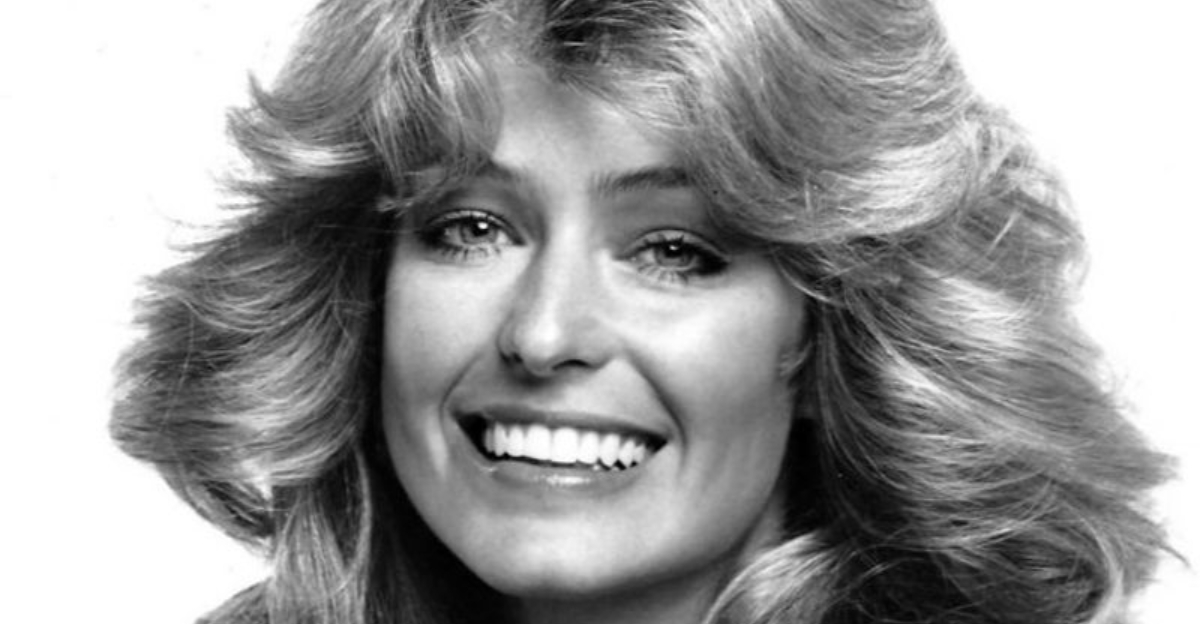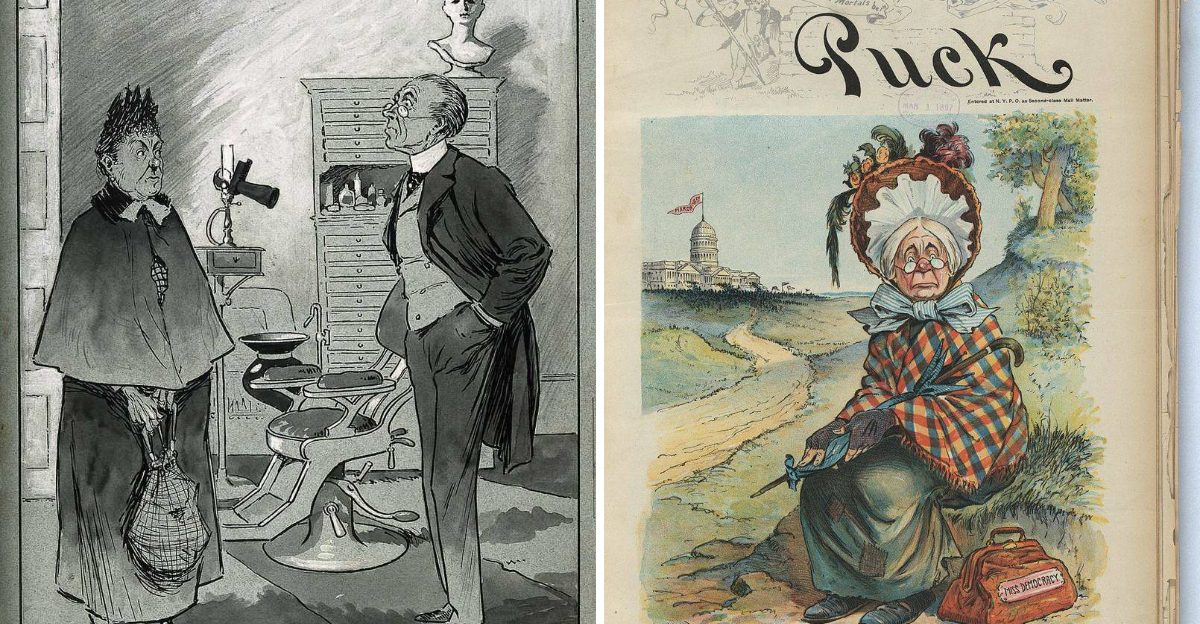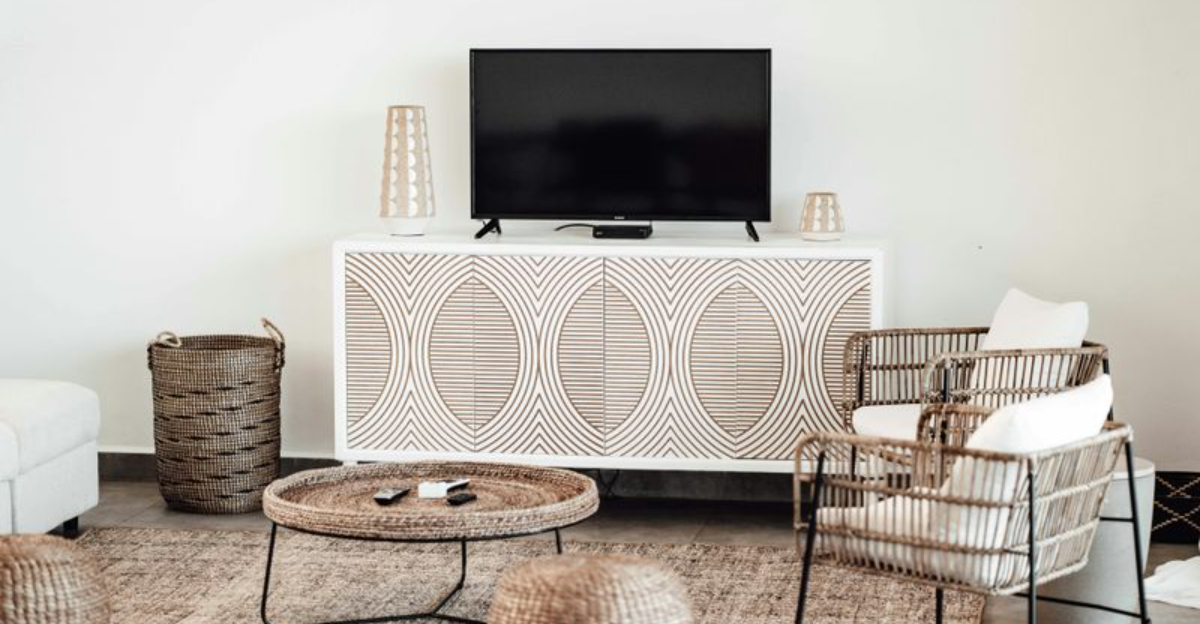11 Social Norms From The 1950s That Have Since Shifted
Step back into the 1950s, where soda fountains buzzed, milkmen made daily rounds, and smoking on airplanes was just another mid-flight ritual.
It was an age of polished manners, rigid rules, and curious contradictions – when neighbors waved from porches and women rarely left home without gloves or lipstick.
What once felt normal now reads like a time capsule of social change. Looking back reminds us how far we’ve come and how every era, no matter how polished, had lessons still unfolding.
Disclaimer: The social customs and practices described reflect cultural norms of the 1950s and are presented for historical and educational purposes only. Modern standards of equality, safety, and inclusivity differ significantly. Readers are encouraged to view these examples as part of understanding social progress and ongoing cultural evolution.
1. Ads Treated Women Like They Couldn’t Open Jars
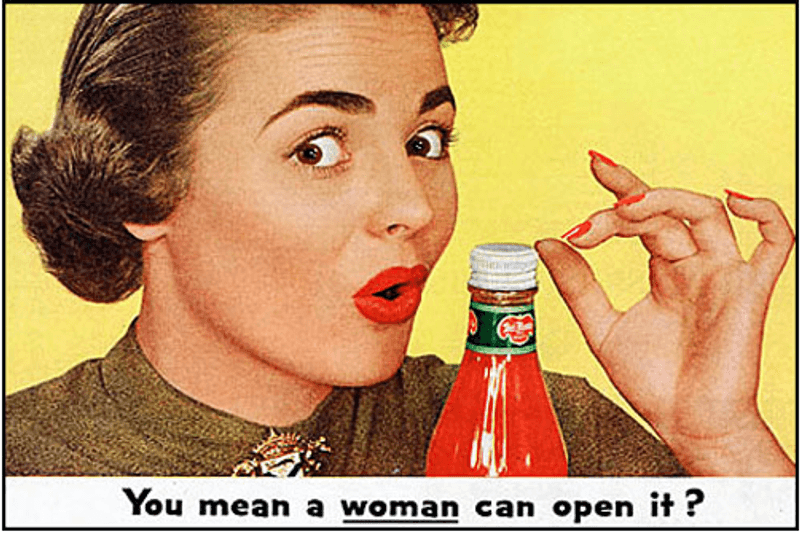
Imagine seeing a commercial that asked, “You mean a woman can open it?” Yikes! Advertising in the 1950s was packed with messages that women belonged in the kitchen and needed men’s help for basically everything.
These ads reinforced rigid gender roles, suggesting ladies were too delicate or clueless for anything beyond housework.
Thankfully, modern advertising (mostly) respects everyone’s intelligence and capabilities.
2. Racial Segregation Was The Law In Many Places
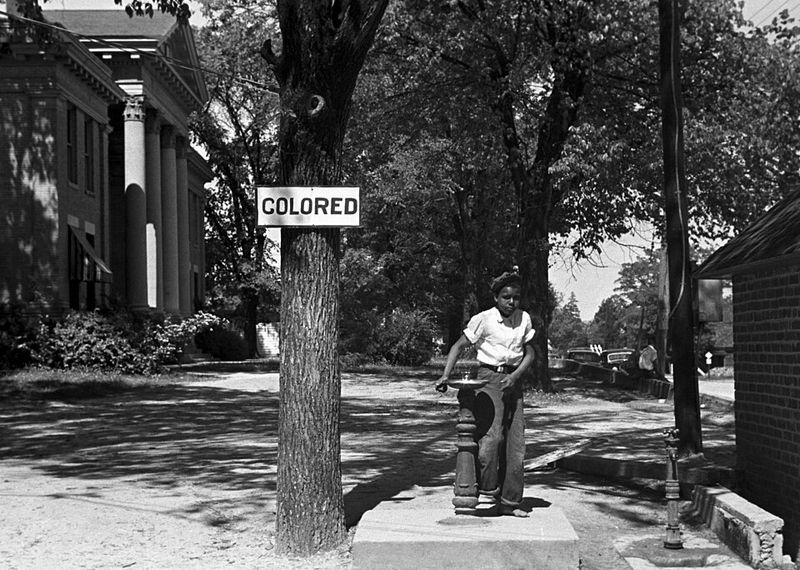
Hard to believe, but in the 1950s, laws actually forced Black Americans and white Americans to use separate bathrooms, water fountains, schools, and movie theaters. This cruel system was called segregation, and it was legal in many states.
Brave activists fought tirelessly during the Civil Rights Movement to end these unjust laws.
Though racism still exists, legal segregation is thankfully history.
3. Drive In Movies Were The Ultimate Date Night
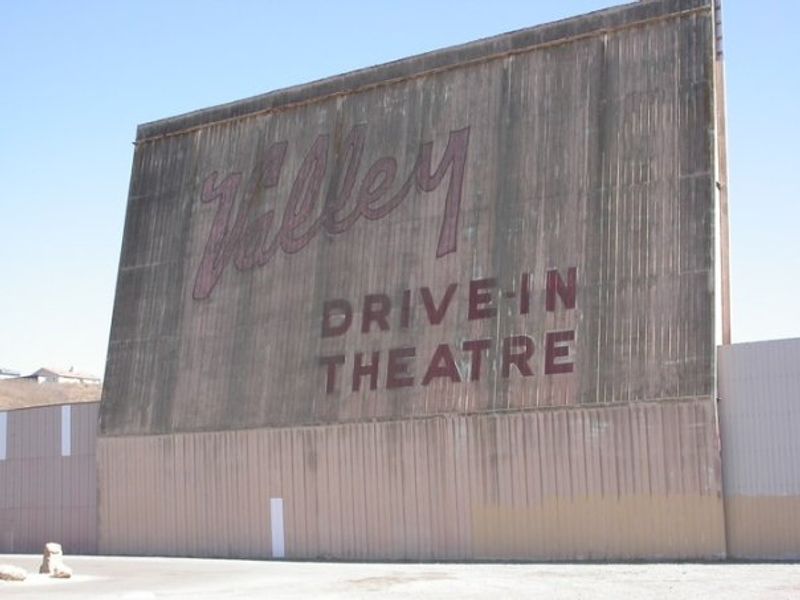
If you wanted to impress someone special in the fifties, you took them to a drive-in theater. Couples would park their cars facing a giant outdoor screen, hang a speaker on the window, and watch movies under the stars.
It was the perfect mix of privacy and entertainment, and nearly every town had one.
Now, drive-ins are rare nostalgic treasures instead of the go-to date spot.
4. Seat Belts Were Basically Decorations
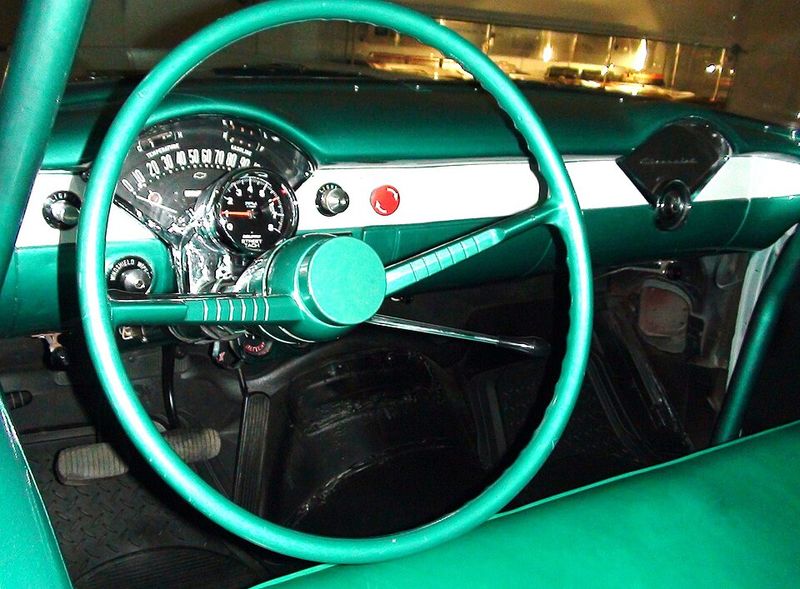
Buckle up? Nobody said that in the 1950s! Most cars didn’t even have seat belts, and when they did, hardly anyone used them.
Families would pile into vehicles with kids bouncing around the back seat like popcorn. Safety regulations were practically nonexistent, and car accidents were way more deadly as a result.
Today, seat belts are required by law and have saved countless lives.
5. School Prayer Was Part Of The Daily Routine
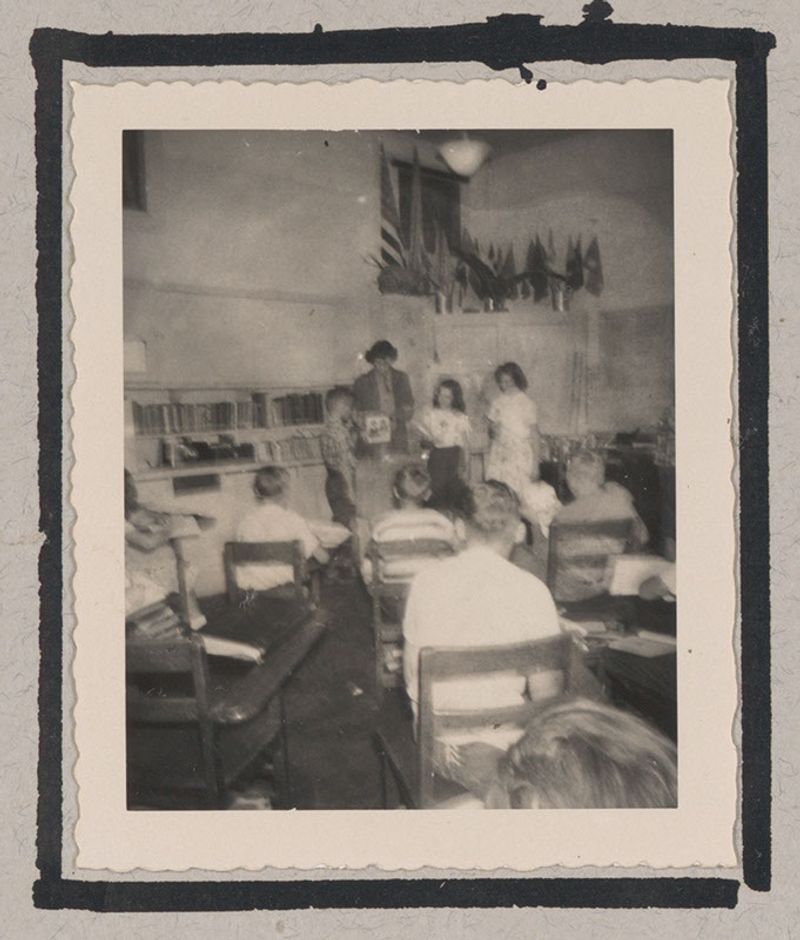
Every morning in most 1950s classrooms, students would stand, recite the Pledge of Allegiance, and often say a prayer together. This was just how school started – no questions asked.
Religious activities were woven into public education without much concern for different beliefs or backgrounds.
Court rulings since then have established stronger separation between church and state in schools, respecting diverse faiths and viewpoints.
6. Kids Roamed The Neighborhood Until Dark
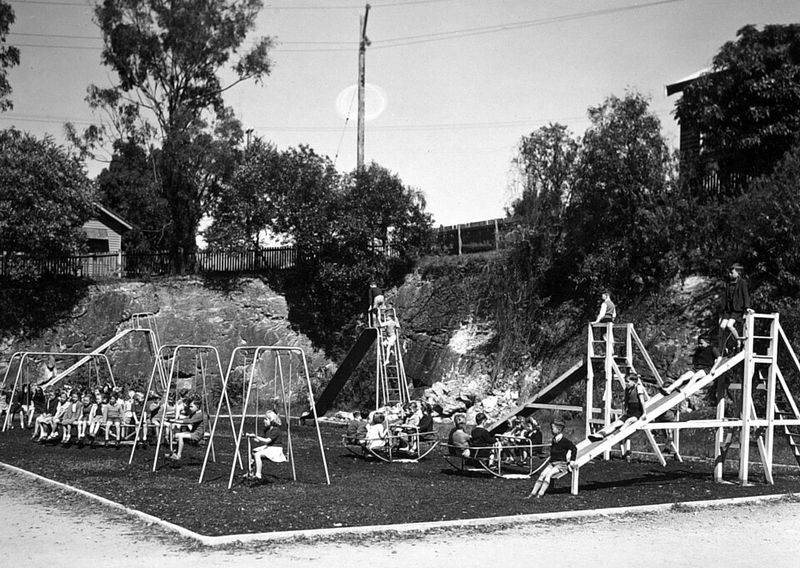
After breakfast, kids would disappear outside and parents wouldn’t see them until dinnertime. No cell phones, no GPS trackers – just pure freedom to explore, climb trees, and scrape knees.
Parents trusted neighborhoods were safe, and children learned independence through unstructured outdoor play.
Nowadays, helicopter parenting and safety concerns mean kids rarely enjoy that same level of unsupervised adventure.
7. Sunday Church Was Expected Of Everyone

Whether you were deeply religious or not, going to church on Sunday was just what respectable families did in the fifties. It was a major social event where people saw neighbors, caught up on gossip, and showed off their best outfits.
Skipping church could earn you judgmental looks or whispers.
Today, religious attendance is more personal, and people feel freer to choose their own spiritual paths.
8. Getting Married Young Was The Default Plan

Most women in the 1950s were expected to marry by their early twenties – or even younger! Big weddings with fancy gowns, tiered cakes, and tons of guests were the standard celebration.
Staying single past twenty-five raised eyebrows, and career ambitions often took a backseat to finding a husband.
Now, people marry later (if at all) and prioritize education, careers, and personal growth first.
9. Women Wore Hats And Gloves Just To Go Shopping

Leaving the house without a hat and gloves? Scandalous! Women in the fifties followed strict dress codes even for everyday errands like grocery shopping or visiting the bank.
Looking polished and put-together wasn’t optional – it was required to be considered respectable. Casual clothing like jeans or sneakers would have been totally inappropriate.
Today, comfort rules, and you can wear sweatpants to the store without judgment (mostly).
10. Housewives Were The Stars Of Every Commercial
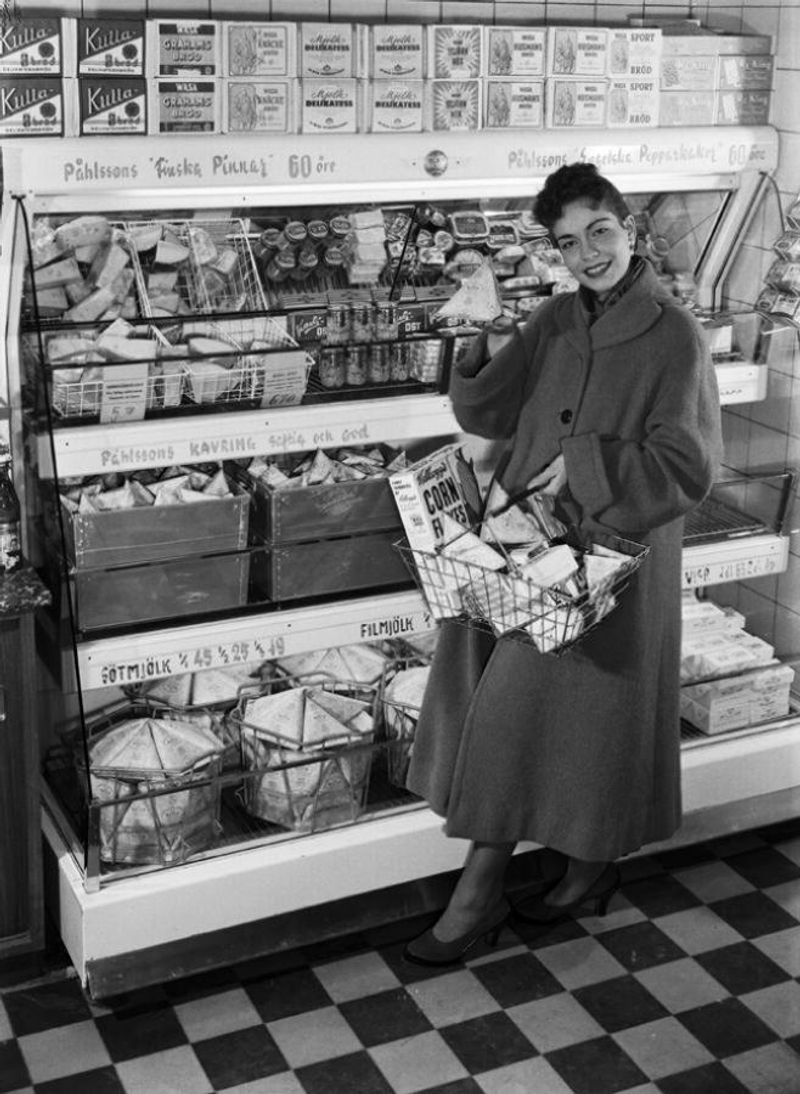
Flip through any 1950s magazine and you’ll see countless ads featuring smiling housewives thrilled about new dish soap or refrigerators. Consumer marketing centered entirely around women as homemakers whose greatest joy was a sparkling clean floor.
These images reinforced the idea that a woman’s place was in the home, serving her family.
Modern advertising (thankfully) shows women in diverse, empowered roles beyond just housework.
11. Doctors Actually Promoted Cigarettes In Ads
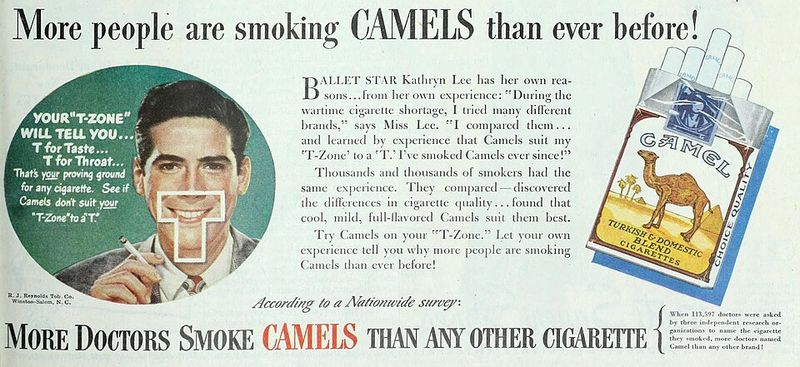
Believe it or not, cigarette companies used doctors in their ads to convince people that smoking was safe – even healthy! Slogans like “More Doctors Smoke Camels” appeared everywhere, making smoking seem smart and sophisticated.
Medical professionals endorsed tobacco brands without knowing (or caring about) the devastating health consequences.
Today, we understand smoking causes cancer, and such ads would be illegal and outrageous.


